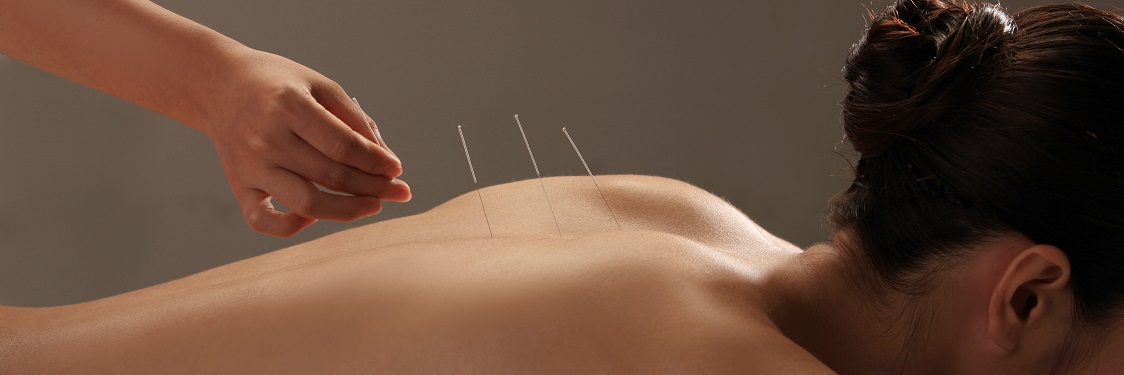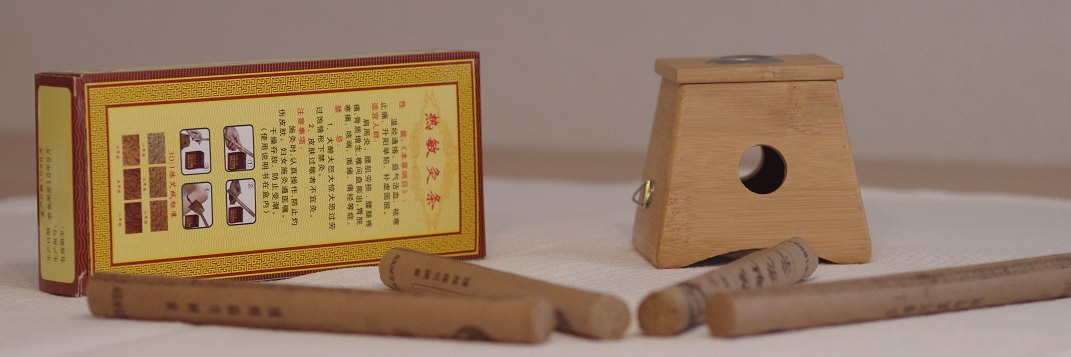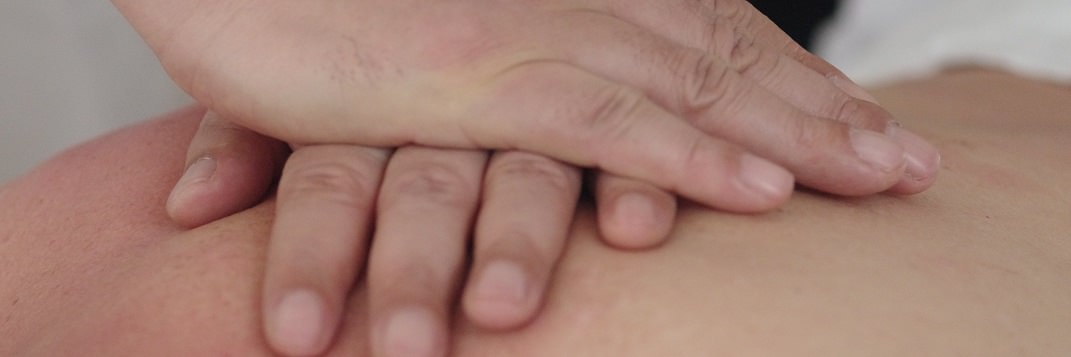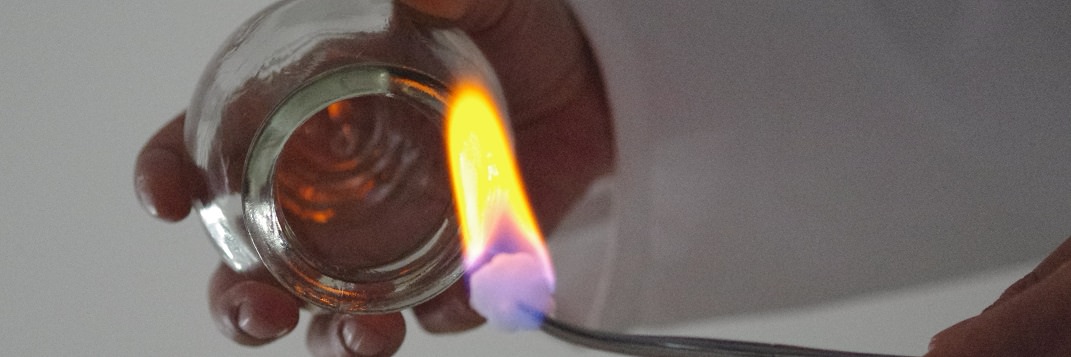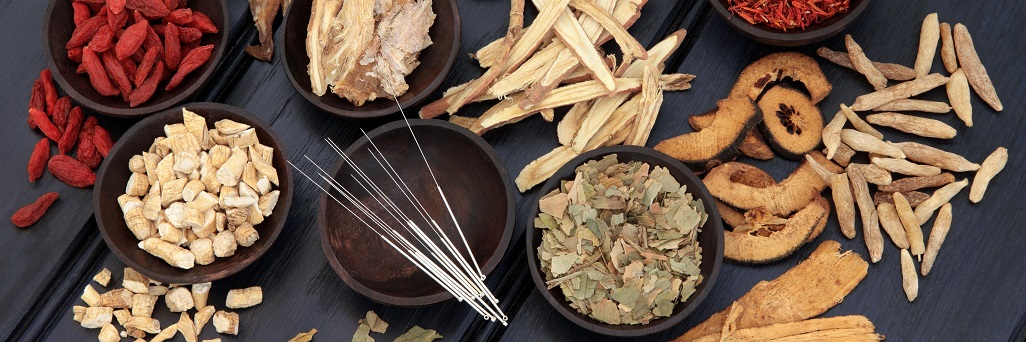TCM-Diagnosis
As in Western medicine the diagnosis of the disease is used before the treatment. In the diagnosis it comes to the art, to detect signs (symptoms) associated with a disease.
The diagnosis in TCM is based on four pillars:
- Asking (Anamnese)
- Seeing (Inspection)
- Hearing (Auskultation) and Smelling (Olfaktion)
- Feeling and Touching (Palpation)
The findings from the four methods answer the question: "What is missing to the patient?"
Asking
With asking questions the TCM specialist learns because of which cause the patient is comming to the center. Through careful questions, for example about sweating, appetite, excreta, pain and sleep, a suspected diagnoses can be found.
Seeing
The functional circuits of the internal organs are directly related to the body surface. This "mirror" can be used for diagnosis. Considered are facial color, facial expressions and body movements, secretions and urine and stool.
The tongue diagnosis has a high priority in the TCM. Appearance and coating of the tongue indicates repletion or Deficiency Syndrome as well as the severity of a disease. On the tongue, the institutions are "pictured". Heart problems can be seen, for example, at the tip of the tongue.
Hearing and Smelling
Are the lungs not working properly, you can hear: coughing, weak or rapid breathing are valuable signs of illness. Also, the body odor is an evidence of dysfunction.
Feeling and Touching
When feeling the pulse is in the foreground. The TCM specialist senses the pulse of a forearm artery and assesses the frequency, length, power, and the rhythm. The findings can be assigned to various organs and disorders.
Touching is important when it comes to health problems that show up near the body surface. Soft or hard knots and trigger points refer to the problem.

